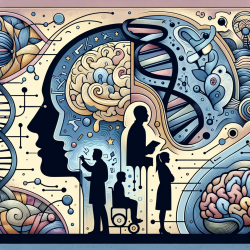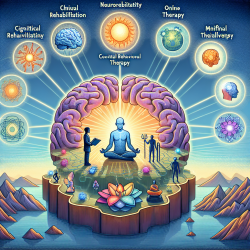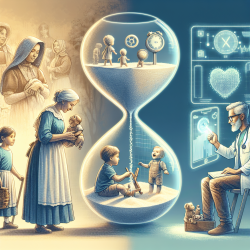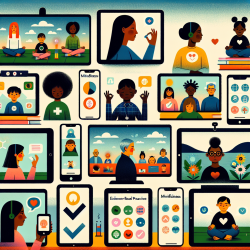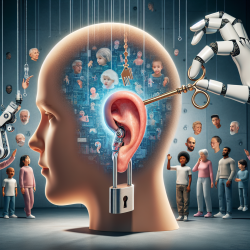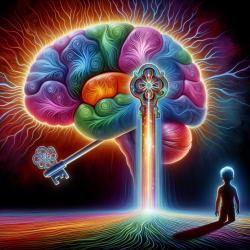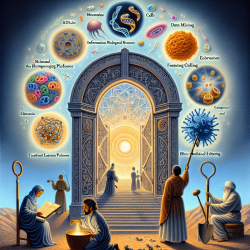Understanding the Gene-Brain-Behavior Link in Autism
Autism Spectrum Disorder (ASD) is a complex condition influenced by a combination of genetic and environmental factors. While traditionally diagnosed through behavioral assessments, recent research highlights the strong genetic basis of autism, with heritability estimates reaching up to 90%. A genetics-first approach could revolutionize our understanding and treatment of autism, yet only a fraction of patients currently undergo genetic testing.
Breakthrough Research: 3D Transport-Based Morphometry
A recent study titled "Discovering the gene-brain-behavior link in autism via generative machine learning" introduces a novel technique called 3D transport-based morphometry (TBM). This method extracts structural brain changes linked to genetic copy number variation (CNV) at the 16p11.2 region, a significant genetic contributor to autism. By identifying distinct endophenotypes, the study achieved an impressive 89-95% accuracy in predicting 16p11.2 CNV from brain images alone.
Implications for Practitioners
For practitioners in speech-language pathology and related fields, this research offers several key takeaways:
- Enhanced Diagnosis: TBM provides a new avenue for diagnosing autism through brain imaging, potentially leading to earlier and more accurate identification of genetic subtypes.
- Personalized Treatment: Understanding the gene-brain-behavior link allows for more tailored interventions, addressing specific genetic and neuroanatomical profiles.
- Focus on Endophenotypes: Practitioners can explore endophenotypes, intermediate traits that bridge the gap between genetics and behavior, to better understand and address communication and social challenges in autism.
Encouraging Further Research
While the study provides a promising framework, further research is essential to validate these findings in clinical settings. Practitioners are encouraged to collaborate with researchers to explore the potential of TBM in other neurodevelopmental disorders and to contribute to the growing body of knowledge on autism's genetic underpinnings.
Conclusion
The integration of machine learning and genetics in understanding autism represents a significant step toward precision medicine. By embracing these advancements, practitioners can enhance their diagnostic and therapeutic approaches, ultimately improving outcomes for children with autism.
To read the original research paper, please follow this link: Discovering the gene-brain-behavior link in autism via generative machine learning.
